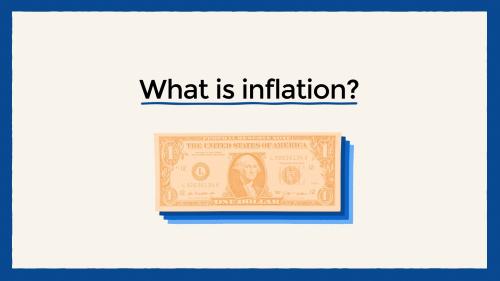Budgeting is one of the most important areas of policymaking. Through budgets, countries set priorities and influence the economy. The ability to make timely and sensible fiscal choices is regarded as one of the hallmarks of sound governance.
The Congressional Budget Act of 1974 laid out the current process, which, while adequately responding to concerns of the time, created a system of rules that have proved inadequate in altered circumstances. The intense polarization of the two political parties makes it hard to reach agreement, and increased transparency inhibits real deal-making. Entitlement programs and other “mandatory spending” now consume 55 percent of the budget, leaving less than half the annual budget to the discretion and oversight of the annual appropriations process. And the budget committees—intended to help Congress consider priorities within overall spending and revenue levels—were layered on top of longstanding centers of fiscal power, resulting in jurisdictional overlap, duplication, and delay.
Not only is the current budget process unable to address our most important fiscal challenges, but also Congress—the key player in this process—is widely regarded as dysfunctional. When the Congressional Budget Act became law nearly four decades ago, the struggle between Congress and the president over fiscal policy was the dominant concern, mandatory spending was relatively modest, and long-term fiscal sustainability was barely a cloud on the distant horizon. Today, our challenges are very different, testing once again our capacity for self-examination and self-renewal.
This report does not address specific budgets or budget targets, which high-level commissions have considered in detail. Instead, it lays out a menu of mid-level reform options that can help the budget process work better. While these reforms cannot overcome our deep partisan and ideological division, they can help us frame our choices more clearly and make those choices more cleanly. Despite our differences, there is broad agreement on the objectives of budget process reform: timeliness; transparency; democratic control; better alignment of priorities with overall commitments across the full range of fiscal tools; and improved public trust and confidence in the process.
Reform options to enhance timeliness and efficiency
- Reestablish the norm of executive branch punctuality in submitting a budget to Congress
- Establish a default budget resolution if Congress fails to adopt one on time
- Prohibit consideration of non-budgetary legislation until both chambers have agreed to a budget resolution
- Make congressional compensation dependent upon timely completion of annual appropriations
- Pass legislation allowing for the automatic extension of appropriations from one fiscal year to the next
- Require the president and OMB to use the CBO baseline
- Restructure congressional committees to eliminate jurisdictional overlap, streamline responsibilities and increase efficiency
- Alter the membership of the budget committees to reduce delay, add expertise and bring key members into budget negotiations from the start
- Give the president expedited rescission authority
Reform options to increase transparency
- Display proposed changes in outlays in a single, unified format
- Provide a more complete picture of the nation’s fiscal condition by more fully accounting for long-term budget implications
- Better account for risks assumed by federal credit and insurance programs as well as GSEs and government-owned corporations
Reforms to improve accounting
- Compile total government outlays in each policy area, allowing for a comparison of all spending across policy priorities
- Create enforceable long-term budgets for all forms of direct spending
- Include outlays for emergency spending, based on multi-year averages, in the annual appropriations



